
In a country where crowd gatherings often exceed the population of some European nations, one would expect crowd control to be a fine science. Instead, it remains India’s most callous art form. Stampedes are not rare aberrations here — they are habitual, almost ritualistic fatalities embedded in the fabric of public events, elections, and religious congregations. From the recent Chinnaswamy Stadium tragedy in Bengaluru to the horrifying deaths at the Kumbh Mela in Prayagraj, these are not accidents — they are administrative murders.
The June 4, 2025, Bengaluru stampede that killed 11 and injured over 56, during the IPL victory celebration of RCB, has once again revealed the chronic unpreparedness of Indian authorities. Karnataka CM Siddaramaiah, clearly caught off guard, claimed ignorance of the tragedy until hours after it unfolded — despite deaths being reported at 3:50 p.m. This timeline itself is damning. What is more scandalous, however, is the government's attempt to distance itself from the planning, blaming the cricket association while evading questions on police deployment and crowd control. This is the very essence of India’s governance during a crisis — "I wasn’t informed" replaces "I should have ensured."
The opposition BJP, eager to score political points, pounced on the Congress-led state government. But rewind to January 2025, when a stampede at the Kumbh Mela in Prayagraj killed over 30 and injured dozens. The silence from the BJP — the ruling party both in the Centre and Uttar Pradesh — was deafening. Not a single top leader resigned. The Allahabad High Court had to step in and slam the government for delays in ex gratia payments. Grieving families received bodies without post-mortems. In short: death, delay, and denial.
This selective mourning is symptomatic of Indian politics. When in opposition, parties roar about accountability. When in power, they shroud failure in ritualism, calling the dead ‘martyrs of faith’ or ‘victims of unforeseen chaos’. A BBC report on India’s stampedes notes how poor communication, inadequate infrastructure, and absence of coordinated emergency response have repeatedly led to chaos, yet no centralised crowd-management policy has emerged. Crowd science remains unstudied, and modern tools like drone surveillance, controlled barricading, real-time heat mapping, and AI-based crowd alerts are virtually unheard of.
Experts, including former IPS officers, highlighted the gaps in policing and a complete disconnect between event organizers and law enforcement, often overridden by VIP preferences or rushed political decisions. Bengaluru’s tragedy bore the classic stamp of last-minute panic management, held on a date to suit returning players, ignoring flagged warnings by security officials.
The pattern is painfully clear:
- Lack of accountability
- Poor inter-agency coordination
- Politicisation of tragedies
- Post-disaster compensation replacing pre-disaster planning
India has mastered the ritual of posthumous justice: announce compensation, suspend a few lower-rung officials, offer condolences, and move on. No CM has ever resigned over a stampede. No Prime Minister has ever addressed crowd safety as a national policy priority. Instead, the dead are buried beneath political blame-games.
Until India institutionalizes independent disaster audits, introduces mandatory event safety clearances, and enforces non-partisan, scientific crowd control protocols, it will continue to mourn preventable deaths. Every stampede is not just a collapse of bodies — it is a collapse of governance, responsibility, and humanity.
The tragedy is not just that people die in stampedes. It is that they always will, and the only thing that changes is the party in power blaming someone else.


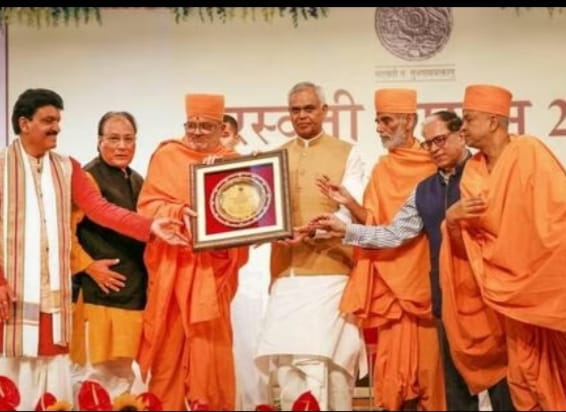
.jpeg)


.jpeg)

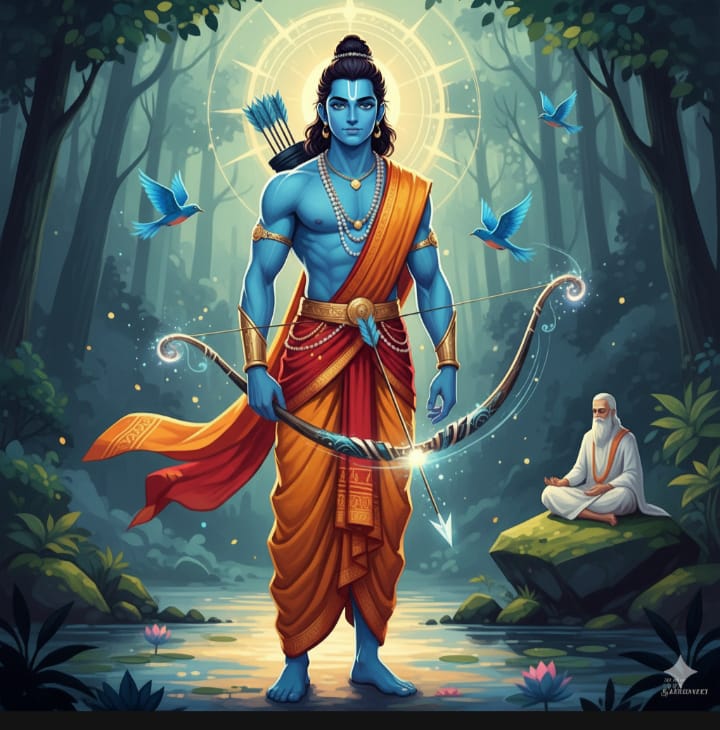
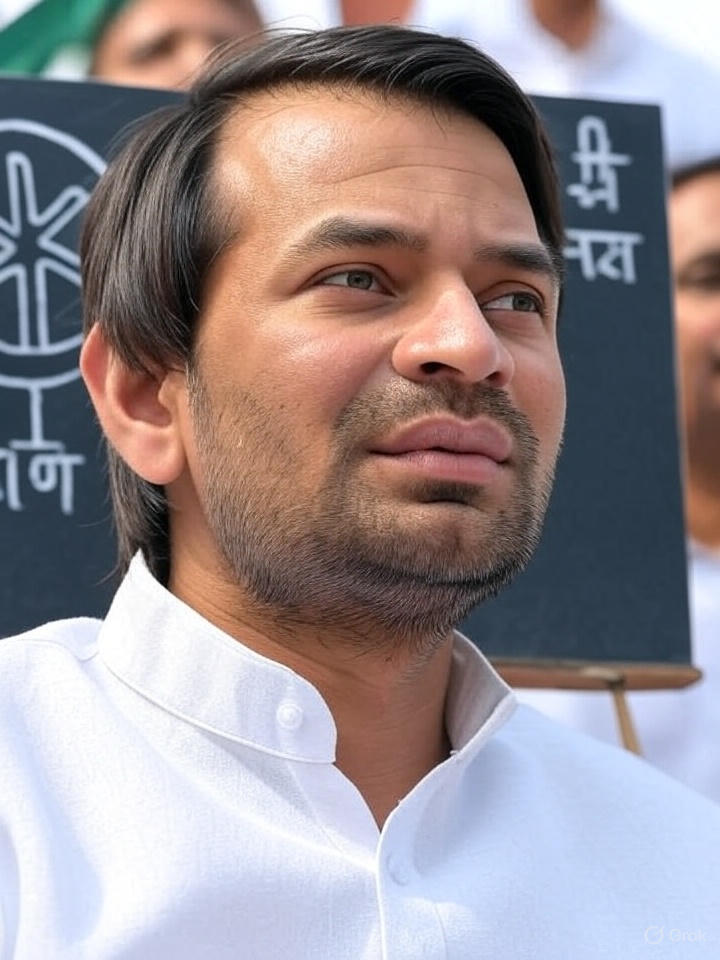
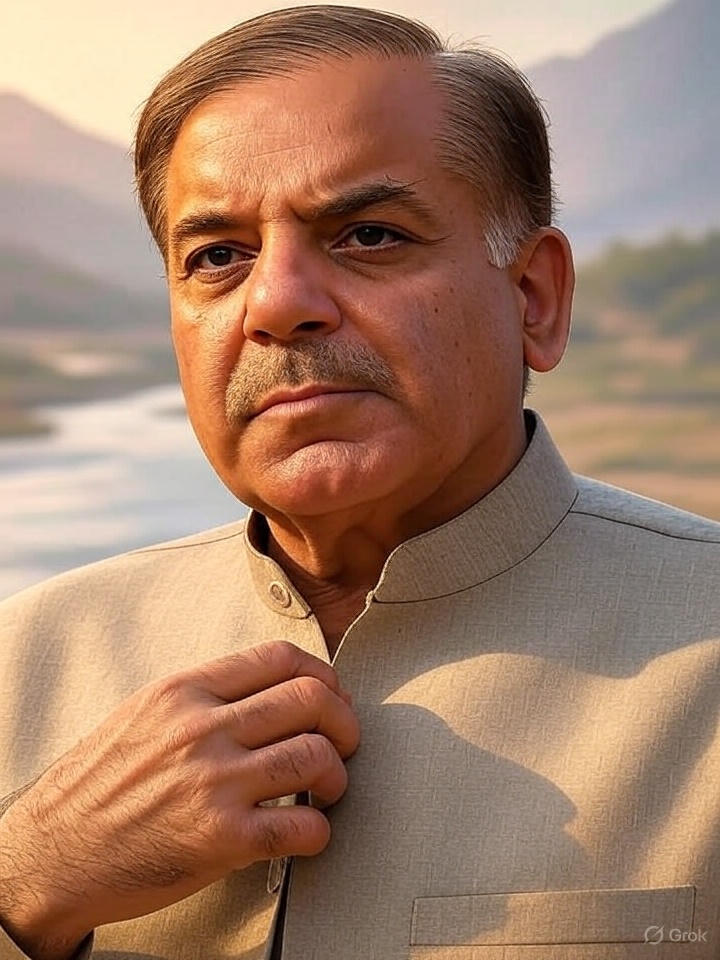
.jpeg)

.jpeg)
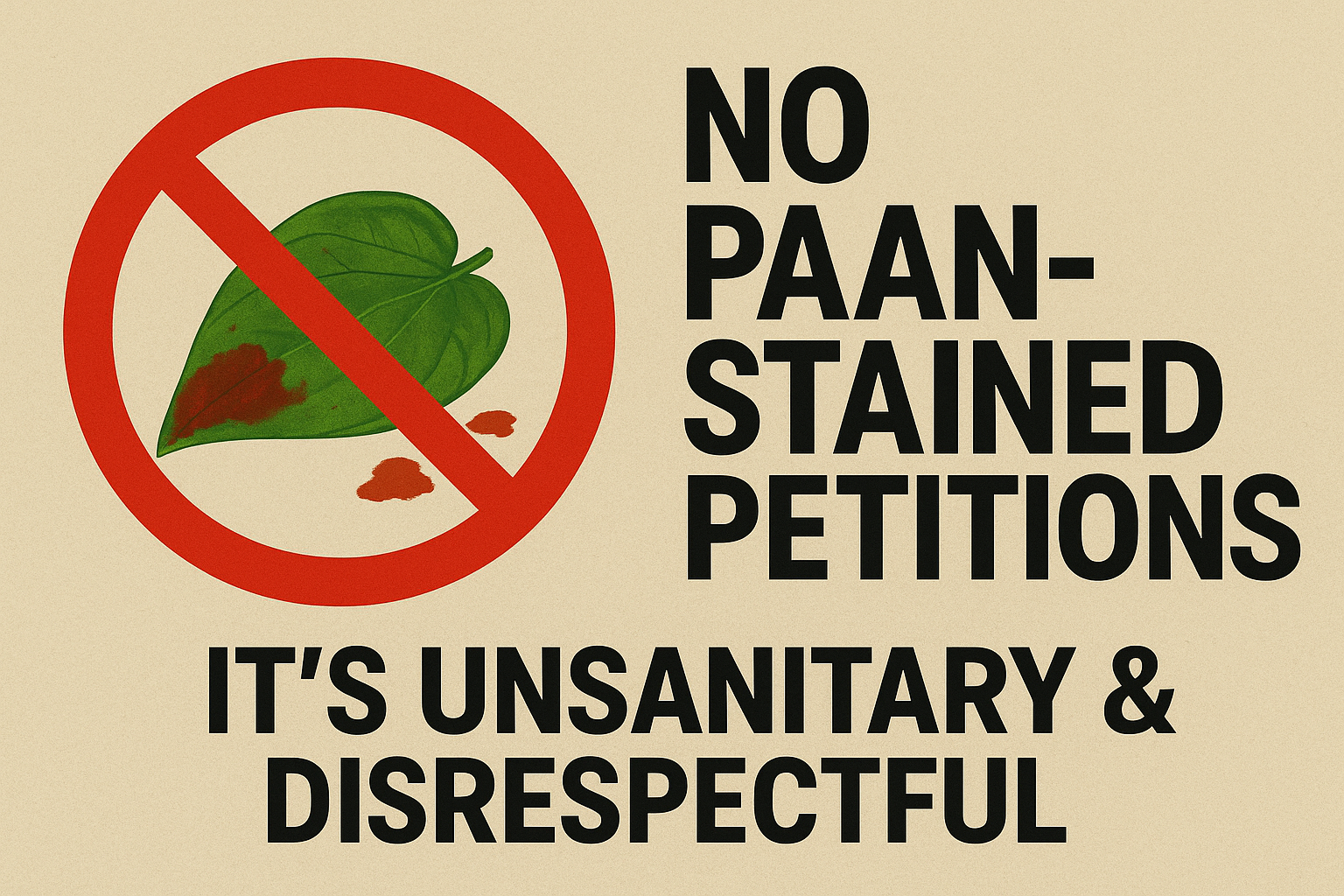

.jpeg)
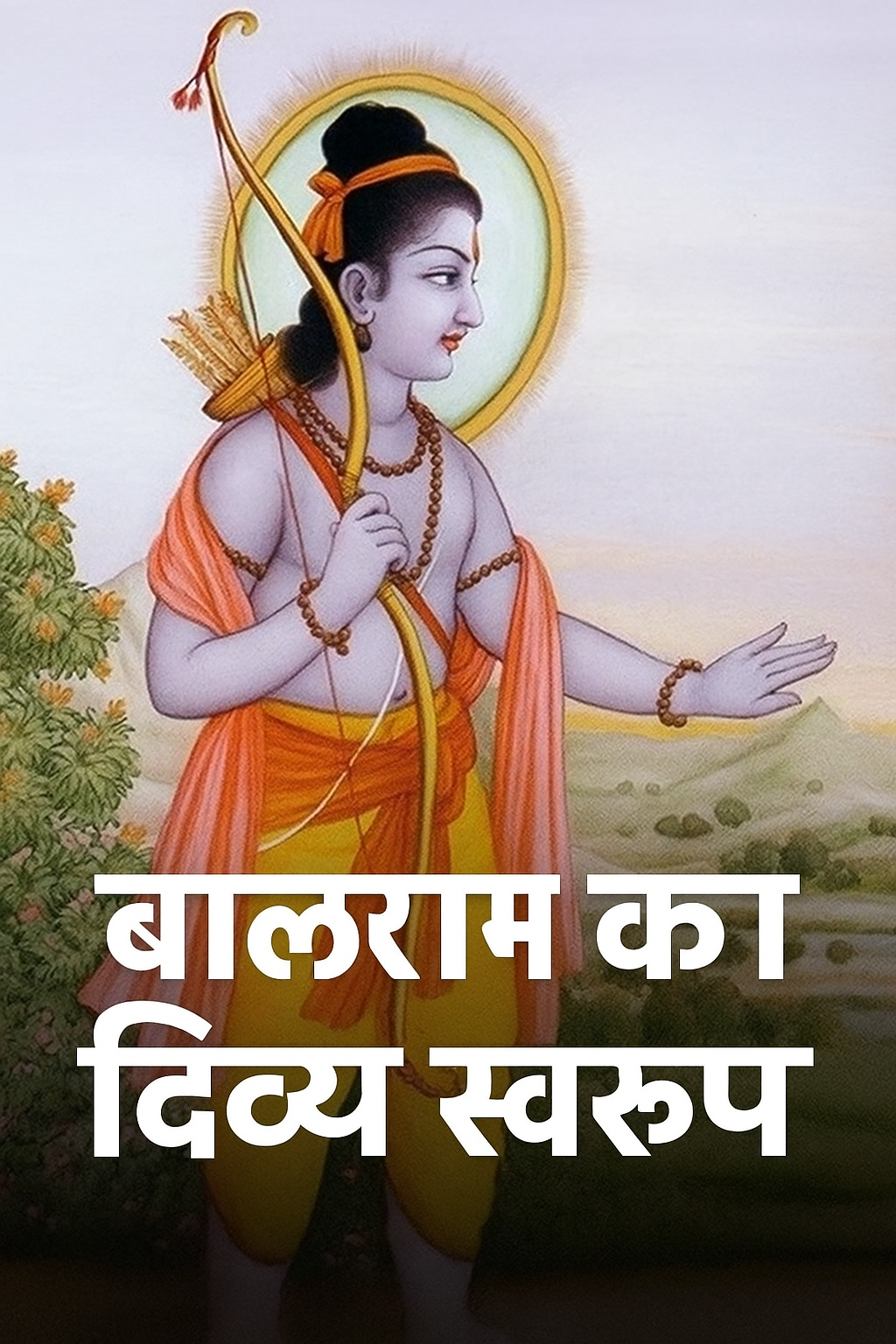
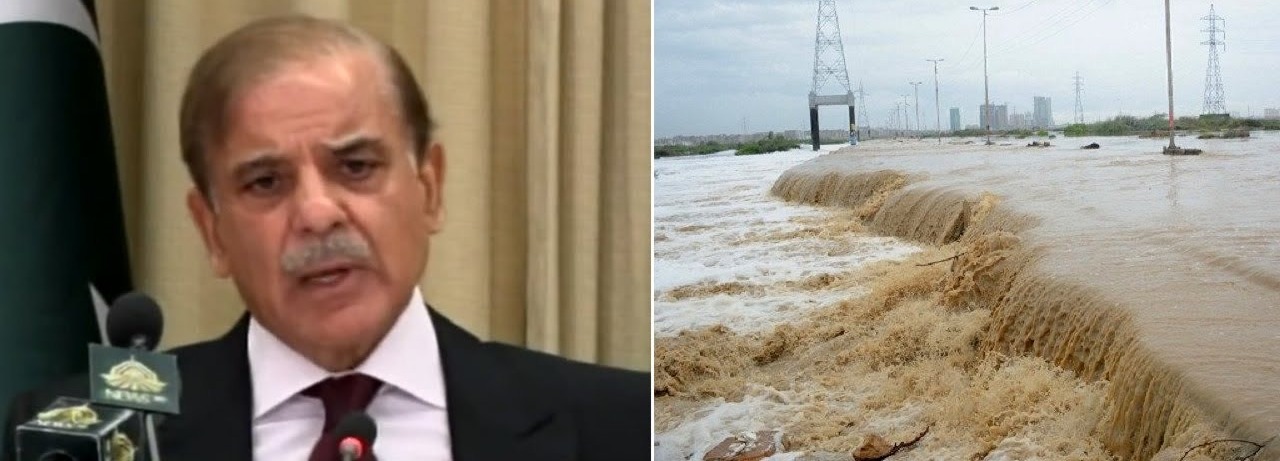
.jpeg)
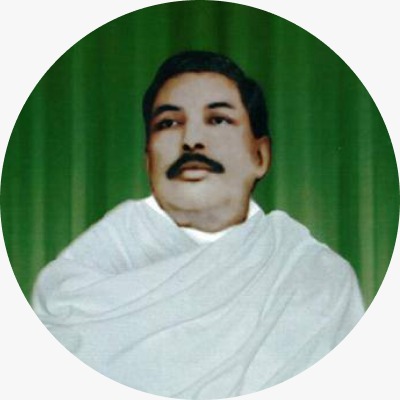
.jpeg)